Rare permanent springs in the barren arid outback were sites of gushing spa waters in former tropical times. These springs are in rocks that formed during a massive ice age 700 million years ago. Sea level had dropped 600 metres, Australia was at the equator and kilometre-thick ice sheets were at sea level. Today, one of these springs, Outalpa Springs, has an old shepherd’s camp comprising a well, defunct yards, a collapsed stone dwelling and a pile of rubble, possibly an old shearing shed. There may even have been tent dwellings and a vegetable patch on the flats.
In the 19th century, shepherds tended flocks on large sheep stations as fences were yet to be built. It was too arid for grass. Each day, shepherds would take the flock into the harsh rocky hills for pickings of saltbush and bluebush and return to the camp to water the flock and pen the sheep for protection against dingoes and spearings. There was competition for the saline-polluted spring water used by humans, sheep and wildlife.
On the barren flat was a cemetery with thirteen graves, most of which were small suggesting a high infant mortality. Only one grave had a complete headstone of local stone with an inscription in capital letters beneath a cross:
JOHN PARY DEAD JANUARY 1866 SON OF EMANUEL PARY OLD 2 YEARS 4 MONTHS
Who was Emanuel Pary? Did he come to Australia because of the 1844 Irish potato famine which resulted in the death of a third of his countrymen and the immigration of another third? He was certainly better educated than his contemporaries because he could write. He must have loved his infant son John to spend many long agonising tearful hours carving the inscription to give his infant son John some semblance of dignified immortality in the harsh unforgiving barren outback. Emanuel Pary knew it was January 1866 but maybe not the exact day.
Was there a Mrs Pary or was John Pary’s mother a common-law wife? Did John Pary have siblings? How did the women cope in such a hostile environment, especially in childbirth? Were flowers of cassia, acacia, everlastings and Sturt desert peas used to decorate the humble Pary residence and John’s grave? Did the lemon grass get used for tea and insecticide? Was one of the unmarked graves that of John Pary’s mother? How did the Parys travel from Adelaide, some 400 kilometres distant to Outalpa Springs, when there were neither roads nor railways? Did the Pary family get attacked by Aboriginals who clearly must have inhabited the area because of small soaks of permanent water, petroglyphs, paintings and tools?
Was John Pary born at Outalpa Springs? Was John’s death by gastroenteritis, typhoid or cholera from poor quality spring water? Or was it by drowning after torrential summer rain? Maybe a snake or spider bite, an infected wound or a horse accident? In those days there were more people killed per capita from horse accidents than in today’s world from car crashes. What would have become of John Pary if he had lived three score and ten years? Would he have been one of those that worked on the 5,614 kilometre-long dingo fence, the longest fence in the world? Would John Pary have fenced the adjoining properties of Outalpa, Plumbago and Bimbowie in the 1880s? Would John Pary have built some of the grand homesteads in the outback in the 1880s? Would he have sought a fortune in the goldfields of Kalgoorlie or the Broken Hill mines, discovered in 1883 and only 150 kilometres away? How would he have eked out a life in the 1890-1891 depression which hit Australia far harder than the Great Depression of the 1930s?
Would John Pary become a small land-holding squatter only to be financially destroyed by rabbit plagues, the decrease in rainfall and the 1890s depression? Would John Pary’s sons have been gassed and killed at the Somme? Would an elderly John Pary have seen a flying machine, heard a wireless, seen a streetlight or spoken on the telephone? Did John Pary have any siblings who would now have teenage great-great-grandchildren who have abundant food, many changes of clothes, electricity, potable water, sewerage, house heating and cooling, washing machines, refrigerators, stoves, lights, air and car transport, iPhones, iPads, personal computers, television, city-based employment and medicine that could have saved John Pary’s life?
The Outalpa Springs are a sobering reminder that past generations had a far lower standard of living and quality of life than now. They were not concerned about climate change based on dodgy models, or gender, taking offence or entitlement.
Tending stock, droving, working on the land, building fences, factory work, mining or transporting goods kept food on the table and often required very long periods away from family. Outback travel for months was normal, unlike today’s fly-in fly-out conditions. There were very few shiny bum or intellectual jobs. Work was physical, hard and for long hours. There were no unions, no rights, no minimum wage, no equality and no fringe benefits. There was only hope underpinned by Christianity. People survived. Many didn’t.
The standard diet was salted mutton, flour, tea and sugar, there was no obesity epidemic, water was scarce, average longevity was about half that of today and smashed avocado was totally unknown. Very few people could read and write or owned property. Some men had the right to vote. There was limited support during periods of illness. A debilitating injury or fatality at work was bad luck. As long as each day bought no injuries or death then everything else was a bonus.
Our wealth, political stability, infrastructure, social security, health and education benefits today were built on the shoulders of unknown nation-building giants like Emanuel Pary. In his time, the choices were simple. Starve or work. The outback gives us stories of the past written in stone about human hardship, climates and catastrophes. This history is not taught to the young hence snowflakes are easily panicked into hysteria about climate change or the Wuhan virus. Today we need to take a daily teaspoon of cement to harden up and life must be viewed through the lens of history.
In the isolated outback, one often finds a solitary grave and place names such as Dead Man’s Hill. A headstone at a lonely outback grave site at Outalpa Springs is an unwritten human story for which an infant’s death produced only questions and no answers.
Thank you Emanuel Pary for reminding us we live in the best times ever to be an Australian.
Got something to add? Join the discussion and comment below.
Get 10 issues for just $10
Subscribe to The Spectator Australia today for the next 10 magazine issues, plus full online access, for just $10.
You might disagree with half of it, but you’ll enjoy reading all of it. Try your first month for free, then just $2 a week for the remainder of your first year.

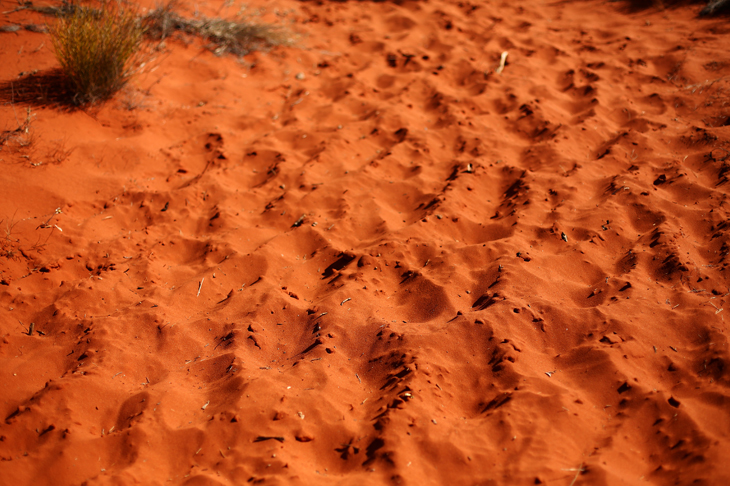

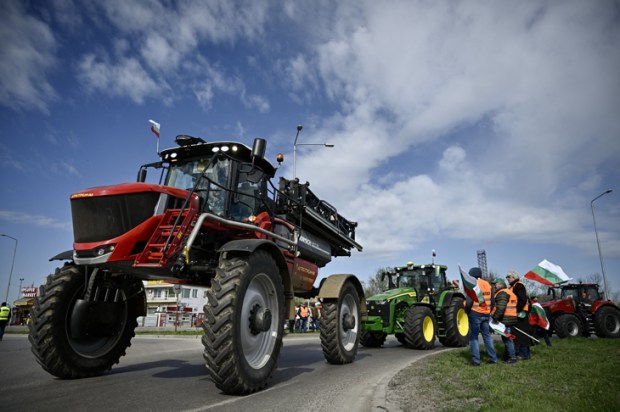

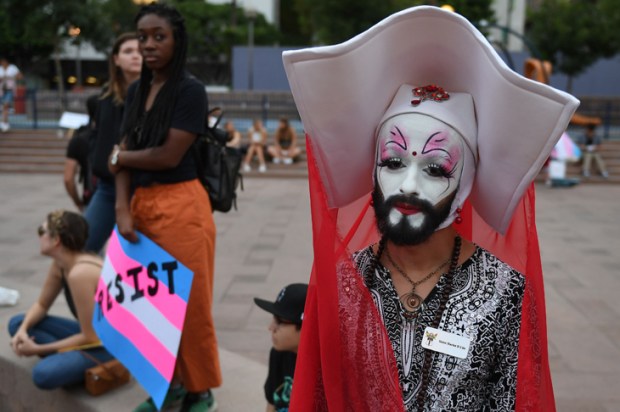
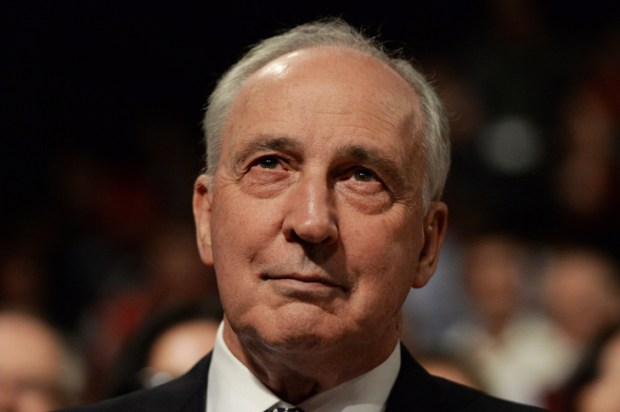
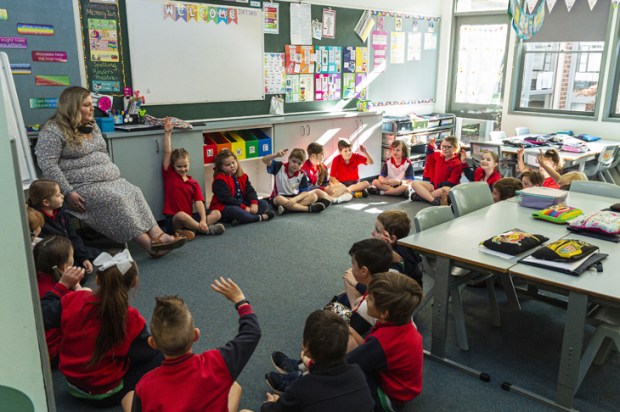






Comments
Don't miss out
Join the conversation with other Spectator Australia readers. Subscribe to leave a comment.
SUBSCRIBEAlready a subscriber? Log in